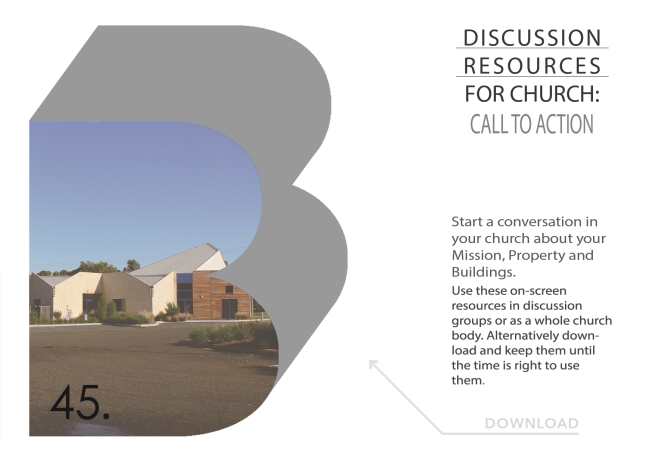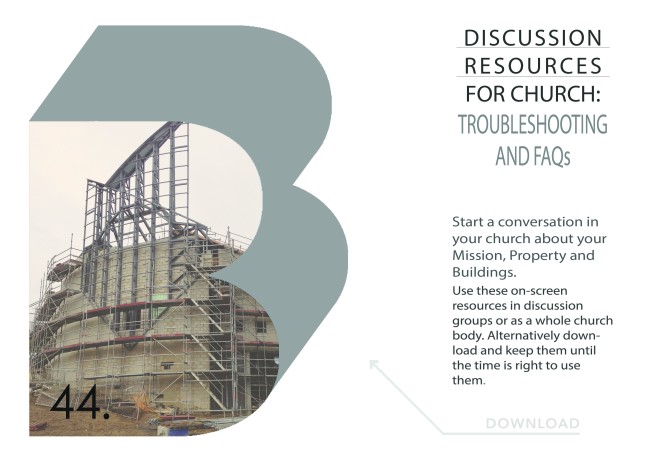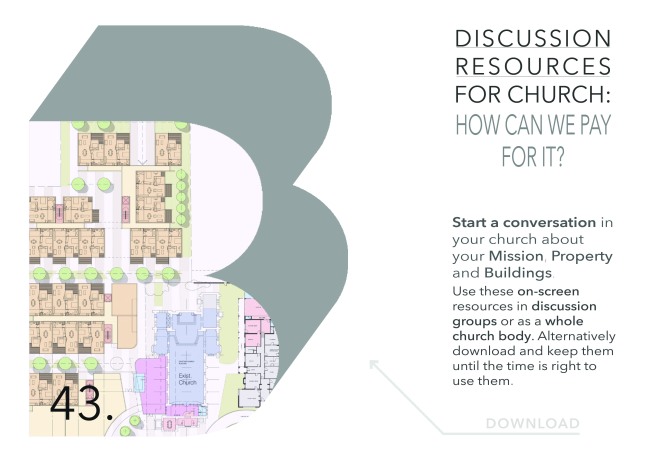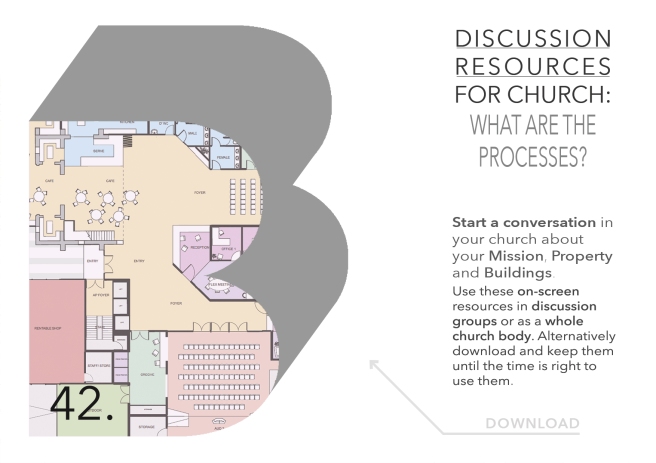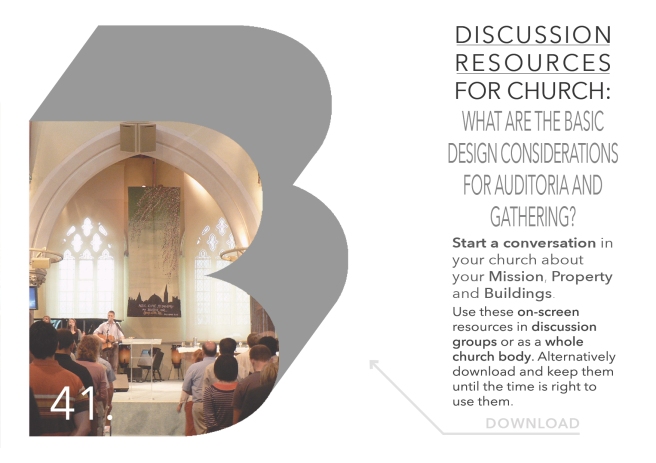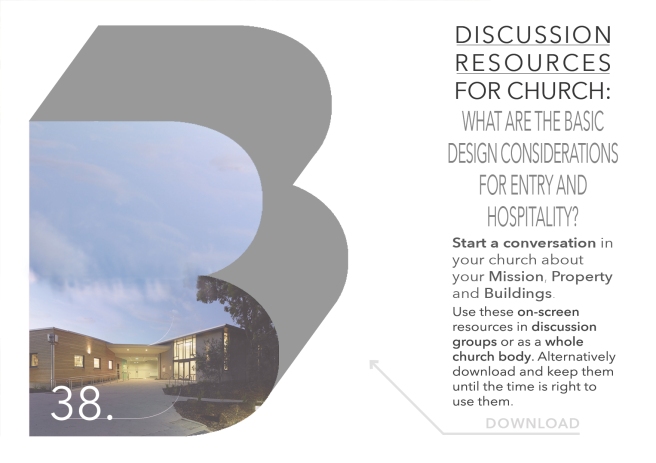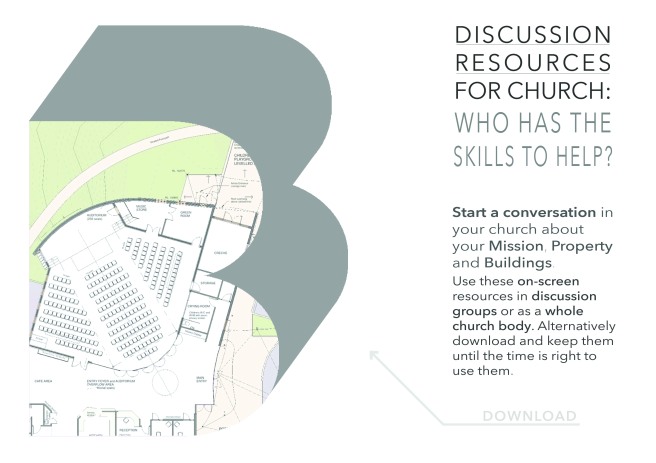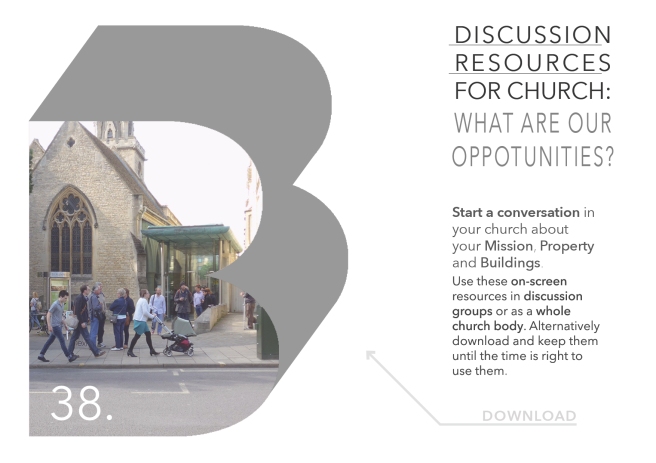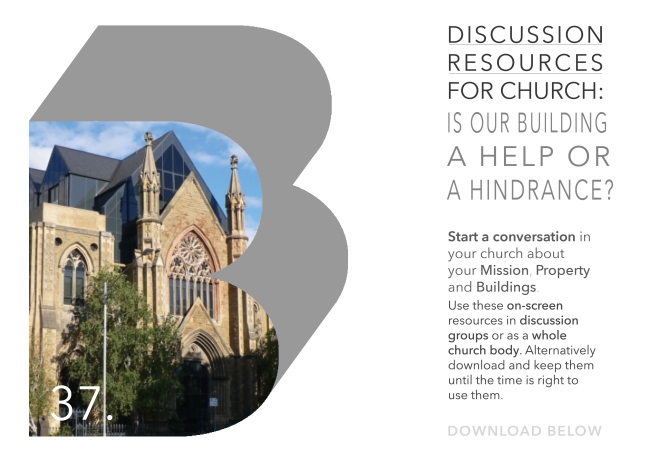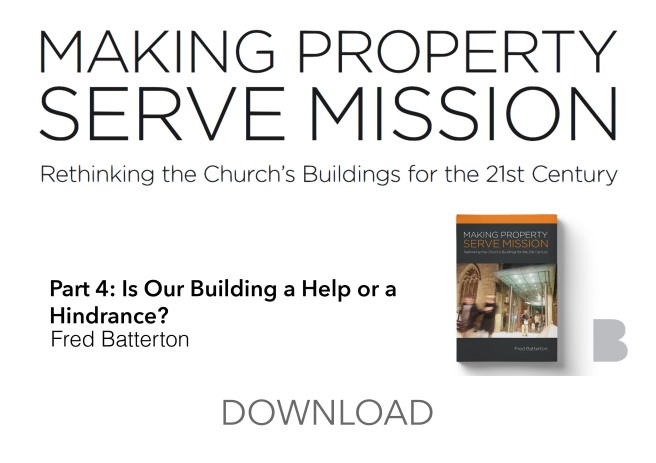Click the above image to download Powerpoint or Keynote presentation
Questions and comments relate to the following slides:
- Action. “Have I not commanded you? Be strong and courageous. Do not be afraid; do not be discouraged, for the Lord your God will be with you wherever you go.” Joshua 1: 9 NiV
- Understand your mission. What is God calling you to do in your church? Do you all have a shared vision? Clarify what you need to bless the world around you. Take time to get to a consensus about your purpose.
- Is your current property helping or hindering? Ask a stranger to look at your building Could you do more if it was different? Is it a prize heritage building? If so, lets make it more accessible and enjoyed. If not, is it attractive and welcoming? We may be too familiar with our building. Take a look at others.
- Advice and support. Who is your independent ally? Find a mentor who has been there before. Hire a good architect. Assemble an enthusiastic team. Seek experienced help. Have an in-house team of visionary leaders.
- Identify opportunities. Not all opportunities are obvious. Architects are trained to think laterally. Allow ideas to be explored. Test the opportunities against your mission.
- Apply a process. Simple brief, Missional identity, Mission Action Plan, Briefing teams or other. Set milestones. Ask: how will this enable our Mission? How will tomorrow’s church use this? We build for our children and all those who will find faith in the future. We create for the next 50 – 80 years of the church’s life.
- Identify your solution. Be clear about how it will benefit mission. Compare this with current constraints. Share this opinion. Paint a picture of the new to everyone. Communicate clearly. Use computer models, walk through videos, stories, physical models, illustrations and description.
- If not, what? Proceed, otherwise the progressives will leave unnoticed one-by-one. Mission is often disruptive. Preach it. So listen to each other and to God. Share what you hear God saying. Delay and postponement is easy. Do not be tempted to think that you can take forever or the enthusiasts wills leave. Compare with developers who need to build as fast as possible to get a financial return on investment. The church needs its missional return on investment in its buildings. Keep things moving.
- Obtain funding. Raise the challenge: cash, pledges, bequests. Borrow within your means to repay. Use cash and property assets. Seek commitment from other users who will rent. This is the major challenge, to see the investment in mission, not buildings.
- Build / sell / use / enjoy. Plan for relocation while building – St Alf’s grew by 100 while in the school hall ! Sell or lease – you are releasing inheritance for redeployment in mission. Celebrate, thank and praise.
- Mission enabled. Prepare people for the new work while building. Hit the ground running. Invite everyone in and outside to celebrate. Be clear that this is for the glory of God and to bless the community.
